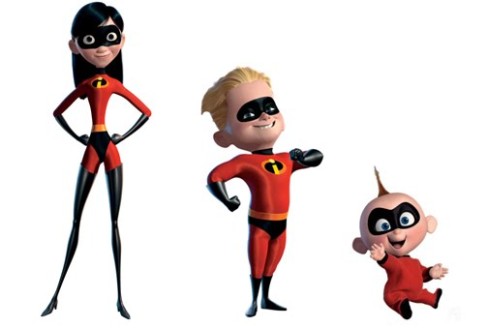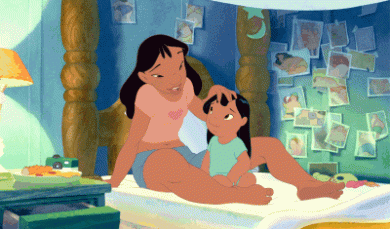The three siblings in The Incredibles are Violet, the eldest, Dash, and baby Jack-Jack. Although Jack-Jack is still an infant and cannot communicate with his siblings, the relationship between Violet and Dash is very well developed during the movie. The two start off with a very average sibling relationship; they tease and annoy each other. One scene where this is most evident is at the dinner table when Dash teases Violet about having a crush on a boy from school and they get into a fight. As the movie progresses, their relationship is put to the test when their mother leaves them alone in a cave while she goes to rescue her husband. While they are alone, the two are attacked by drones and work together to keep themselves safe; this scene marks the start of the change in their relationship from an annoyance to a camaraderie. From then on, the two work together with each other and their family to save the world. By the end of the movie the family, and Violet and Dash, are closer than ever.
This is one of the most realistic depictions of sibling relationships of any Disney movie. The two siblings quarrel and tease each other; however, at the end of the day their love for each other is clear and overcomes all of the childish fighting. The Incredibles portrays siblings as desirable and is very relatable to all the viewers who have experienced the mild annoyances that come with siblings. This relationship is a great example of the possibility of portraying siblings correctly and positively within Disney movies.
http://www.youtube.com/watch?v=3v196bt5kTU (Dinner table scene from The Incredibles)





